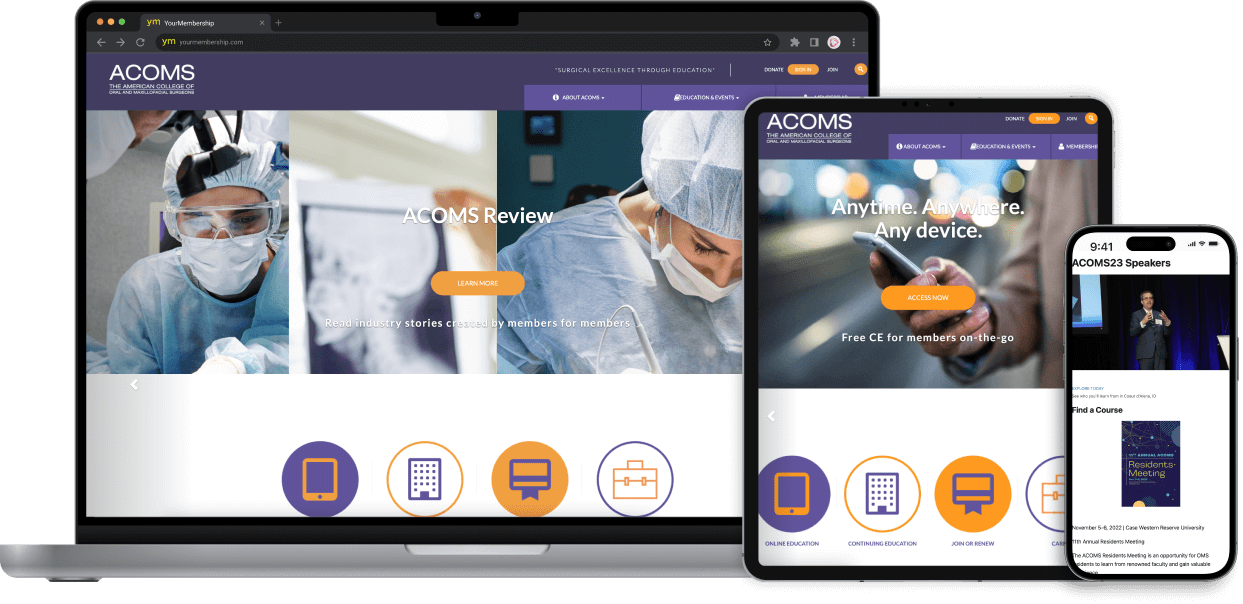Trick Considerations to Remember When Creating a Modern Website Design That Aligns With Existing Trends
In the ever-evolving landscape of web style, it is vital to consider a number of essential elements that not only mirror existing fads however likewise boost customer involvement. A receptive layout is paramount, guaranteeing that individuals experience seamless performance across different gadgets. Prioritizing user experience via instinctive navigating and visual allure can not be ignored. The intricacies extend beyond mere visuals and functionality; understanding the detailed balance of ease of access and performance optimization is similarly vital. As we check out these dimensions, the ramifications for modern-day internet style end up being progressively considerable. What might these factors to consider reveal about the future of digital experiences?
Responsive Style Concepts
In the ever-evolving landscape of website design, the implementation of receptive design principles stands as a basic requirement for developing easy to use sites. Responsive design ensures that websites make well on a selection of tools, from desktop computers to tablets and mobile phones. This versatility is attained through liquid grids, flexible pictures, and media questions, which collectively permit a single web site to provide an ideal watching experience across varied platforms.
The core of receptive design hinges on its ability to adjust layout and web content based on the individual's display dimension and orientation. By employing relative units like portions as opposed to taken care of devices like pixels, developers can develop scalable formats that maintain visual integrity. Furthermore, utilizing media inquiries enables the application of different styles depending on the attributes of the gadget, assisting in customized experiences that improve usability.
Additionally, responsive layout is not simply a technical factor to consider; it is crucial in suiting the boosting use mobile gadgets for internet surfing. As individual expectations evolve, ensuring access and capability across all platforms comes to be essential for keeping interaction and complete satisfaction. Thus, welcoming receptive design concepts is crucial for contemporary web growth, cultivating inclusivity and future-proofing electronic material.
Emphasis on Customer Experience
Customer experience (UX) has become a central focus in modern-day website design, matching the principles of responsive design by focusing on exactly how customers engage with websites. A properly designed UX can substantially impact customer satisfaction, retention, and interaction, highlighting the need for developers to produce satisfying and intuitive experiences.
Key aspects of reliable UX design include functionality, capability, and appearances. Sites must be very easy to browse, making sure individuals can locate the details they look for without confusion. Concise and clear navigation menus, constant design, and sensible web content company are vital in accomplishing this objective. In addition, capability plays an important duty; interactive components must work flawlessly throughout all browsers and gadgets.

Additionally, incorporating individual comments right into the layout process is vital - web design. Performing use testing and gathering insights from genuine customers can provide important info to improve the design and address pain points. Ultimately, a strong emphasis on user experience will assist produce internet sites that resonate with see this page visitors, fostering loyalty and driving conversions
Significance of Access
Accessibility is an essential element of modern-day website design, making certain that all users, no matter their impairments or abilities, can browse and engage with electronic content effectively. As the web becomes progressively integral to day-to-day live, it is crucial that sites are inclusive, catering to a diverse target market that consists of people with visual, auditory, cognitive, and motor problems.
Implementing accessibility functions not only sticks to legal requirements, such as the Americans with Disabilities Act (ADA) and the Internet Web Content Accessibility Guidelines (WCAG), but also enhances customer experience for every person. Easily accessible layouts often result in much better navigation, faster packing times, and improved seo, benefiting all customers.
Moreover, promoting an inclusive electronic atmosphere mirrors positively on a brand name's track record. Companies that focus on ease of access show social obligation and a commitment to equity, which can improve consumer commitment and expand their market reach.

Existing Visual Fads
Welcoming existing visual patterns is critical for creating engaging and aesthetically enticing websites that capture user focus. In today's digital landscape, minimalism remains to control, highlighting clean lines, adequate site white space, and uncomplicated navigation. This technique not just boosts readability however likewise permits key material to radiate, straightening with customer assumptions for simplicity and clarity.
Additionally, making use of strong typography is increasingly preferred, boosting and supplying a distinctive voice brand name identification. Large, eye-catching fonts can produce aesthetic hierarchy, assisting customers through the material effectively. Furthermore, lively shade palettes are recovering, allowing developers to stimulate emotions and produce unforgettable experiences.
An additional trend is the consolidation of asymmetrical designs and natural shapes, which can add an aspect of shock and creativity, setting an internet site aside from even more traditional styles. In addition, the integration of immersive visuals, such as high-grade pictures and video clips, can involve individuals and share messages more strongly. web design.
As these aesthetic trends progress, it is necessary for internet designers to stay informed and adapt their methods, guaranteeing their productions stay pertinent and reverberate with modern target markets.
Enhancing for Efficiency
While aesthetic considerations play a considerable function in drawing in individuals, enhancing for efficiency is similarly crucial to make sure a smooth surfing experience. A properly designed web site must fill rapidly and react promptly to customer communications, as hold-ups can cause stress and boosted bounce rates.
To achieve optimum efficiency, developers need to focus on reducing file dimensions by compressing images and making use of effective coding practices (web design). Carrying out lazy loading strategies can also boost speed by postponing the loading of non-essential resources until they are required. Furthermore, leveraging Content Distribution Networks (CDNs) can disperse static properties better to users, lowering latency
Additionally, it is necessary to use modern-day internet technologies such as HTML5 and CSS3, which not just improve efficiency but additionally improve compatibility across numerous tools and internet browsers. Regularly keeping track of internet site rate using devices like Google PageSpeed Insights can offer beneficial insights right into areas for improvement.

Conclusion
Finally, modern web design requires a complex technique that encompasses responsive style principles, an emphasis on user experience, and rigorous adherence to access requirements. Current visual fads, identified by minimalism and bold visuals, even more improve interaction. In visite site addition, maximizing performance through efficient resource administration and quick filling times is important for keeping users. Collectively, these considerations contribute to the creation of an impactful and cohesive online presence that satisfies the diverse requirements of contemporary individuals.
In the ever-evolving landscape of internet layout, it is vital to think about numerous pivotal factors that not just reflect current patterns however additionally improve individual interaction. A receptive style is vital, making sure that individuals experience seamless capability throughout different gadgets.The core of responsive layout exists in its capability to adjust format and material based on the individual's screen size and orientation.Moreover, including user responses into the design procedure is crucial.In verdict, modern-day internet layout requires a diverse strategy that includes responsive layout concepts, a focus on customer experience, and strict adherence to availability requirements.